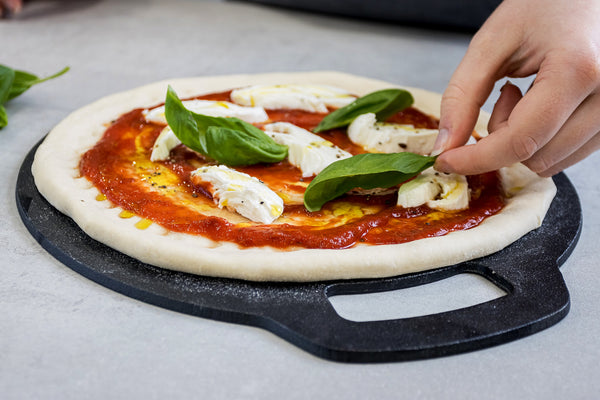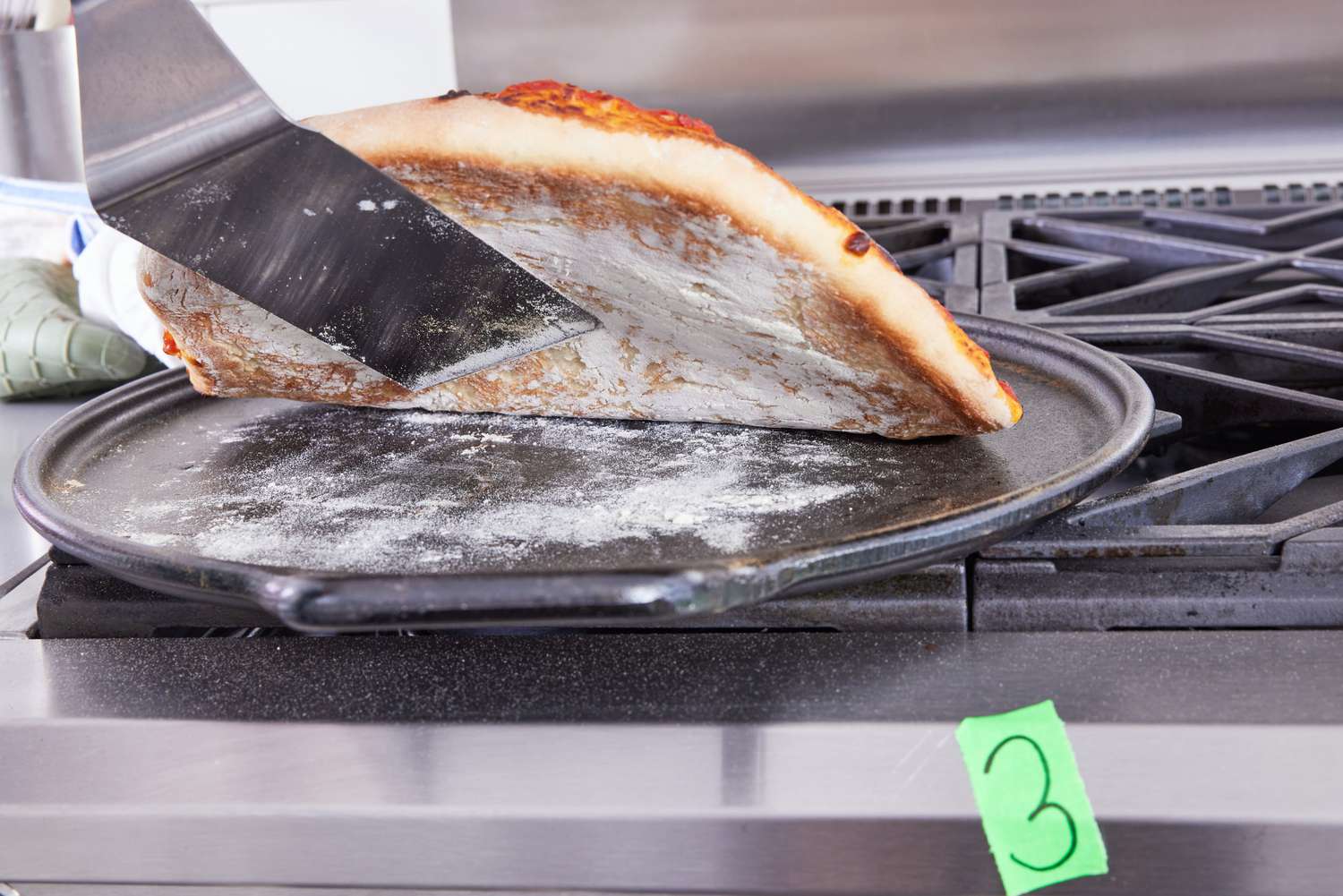For kitchen professionals passionate about breadmaking, exploring different baking techniques can transform an ordinary loaf into something beautifully rustic and tasty. Among these techniques, baking whole wheat bread on stone stands out as a classic method that enhances the flavor and texture of the loaves we love. This method has been revered through history and remains a favorite among skilled bakers.
The process not only calls for a deep appreciation of tradition but also a thorough understanding of how heat and surface interact with dough. As you embark on this culinary journey, you will discover how using a baking stone can exponentially improve your breads crust and crumb, granting it an artisanal quality cherished in the world of breadmaking.
Why Use a Baking Stone?
A baking stone, also known as a pizza stone, is a flat piece of natural material, typically stone or ceramic, that retains heat exceptionally well. The stone warms up and mimics the heat retention qualities of stone ovens used historically in bread baking. This even distribution of heat is a crucial factor for achieving the perfect crisp crust and a moist, airy crumb.
Incorporating a baking stone in your kitchen can be revolutionary, especially for professionals aiming to perfect their craft by adding new depths of flavor and texture to their offerings.
Step-by-Step Guide to Baking Whole Wheat Bread on Stone
Preparing the Dough
Baking whole wheat bread starts with choosing quality ingredients. Use finely ground whole wheat flour, as it provides a robust flavor and additional nutrients not found in white flour. Here is a simple yet effective recipe:
- 3 cups whole wheat flour
- 1 cups warm water
- 2 teaspoons salt
- 2 teaspoons yeast
- 1 tablespoon honey or sugar
Mix the ingredients to form a dough, knead it until smooth, and allow it to rise until it doubles in size. Once your dough is ready, its time to prepare it for the stone.
Using the Baking Stone
Preheat your baking stone along with your oven to about 475F (245C). Preheating the baking stone with steam is a crucial step, as it ensures that your bread gets the desired crust.
When your dough has risen, shape it gently and place it on a sheet of parchment paper. This makes transferring it to the stone simpler and prevents sticking. Score the top using a sharp blade to allow steam to escape this technique is akin to scoring bread in artisan baking.
Once the oven and stone are fully heated, slide the dough onto the baking stone. The heat retention of a baking stone works magic on the dough, baking it evenly and granting it an ideal structure.
Mastering Whole Wheat Bread Baking
Beyond simply following a recipe, mastering the art of baking whole wheat bread on stone requires understanding the nuances of your ingredients and equipment. By experimenting with hydration levels, fermentation times, and different types of whole wheat flour, kitchen professionals can craft bread that suits both personal preference and customer demands.
Use of a baking stone can significantly increase the quality of your bread, making your kitchen endeavors all the more satisfying and professionally rewarding.
Cleaning and Maintenance of Your Baking Stone
To extend the life of your baking stone, its essential to maintain it properly. Avoid using soap, as it can penetrate the porous surface and affect the taste of future bakes. Instead, use a stiff brush or scraper to remove any baked-on bits and rinse with water. Always dry the stone thoroughly before storing.
For more detailed maintenance tips, explore guides like this one to ensure your tools are in top condition.

Frequently Asked Questions
Why is a baking stone preferred for whole wheat bread?
Baking stones are preferred because they evenly distribute heat and absorb moisture, creating a crisp crust and well-cooked crumb. For more on how to use a stone effectively, check out this baking stone FAQ.
Can I bake different types of bread on a baking stone?
Yes, a baking stone is versatile and can be used for a variety of breads, from sourdough and baguettes to ciabatta and dense rye. Understand how versatile a baking stone can be in your culinary endeavors.
What are the best practices for preheating a baking stone?
Always preheat your baking stone to the required baking temperature to ensure optimal results. A cold stone can alter baking times and bread texture. Knowing how to store and use your kitchen tools can save time and improve overall efficiency.
This article contains affiliate links. We may earn a commission at no extra cost to you.





Leave a comment
This site is protected by hCaptcha and the hCaptcha Privacy Policy and Terms of Service apply.